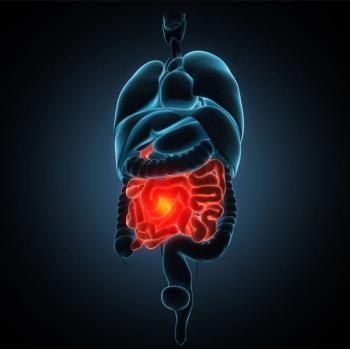
Acute Pancreatitis: Risk Stratification
An elevated hematocrit and BUN, both the result of hemoconcentration, are important prognostic indicators for several risk stratification scoring systems.
Which of the following is not a commonly used prognostic indicator for acute pancreatitis?
A. Hematocrit on admission
B. Gallstones in the common bile duct on imaging
C. BUN on admission
D. Pleural effusion on CXR
Answer: B
There are several scoring systems used to risk stratify patients with acute pancreatitis. These include the Ranson, Glasgow, APACHE, and BISAP scores. Elevated hematocrit and BUN levels on admission are often a result of hemoconcentration and are important prognostic indicators for several scoring systems. In addition, the presence of pleural effusion, which can lead to oxygen desaturation, is an important prognostic indicator in acute pancreatitis. The presence of a common bile duct stone is not a prognostic indicator.
Newsletter
Enhance your clinical practice with the Patient Care newsletter, offering the latest evidence-based guidelines, diagnostic insights, and treatment strategies for primary care physicians.











































































































































































































































































































